[narrator voice] In a world where familiarity is prized over originality, recognizable patterns reign supreme. Enter: the Television Trope.
Love them or hate them, tropes are an essential part of the storytelling landscape. When used effectively, tropes can hook an audience. They reinforce or reimagine expectations of genre. In television, where relationships with the audience are built slowly over time, tropes are a useful device that place a story within the context of other works. Tropes are tv in conversation with itself. I love a good trope. In this piece, I’ll explore what tropes are, how they fit into television, some of my favorite tropes, and examples of their effective use in tv.
What is a trope?
Tropes have a variety of meanings, so it can be hard to define. In film and television, a trope is a frequently used storytelling device that creates familiar character archetypes or plot structures. Tropes are defined by repeatability and recognizability. They can sometimes be tied to genre: the action hero is called to do One Last Job, the horror monster fails to kill The Final Girl, the fantasy-world orphan finds out she’s The Chosen One. Tropes are not a new invention, as character archetypes are as old as storytelling itself. However, certain tropes can go in and out of fashion, and not all tropes are made equal.
Tropes gone bad
In our fractured world, tropes can be used to reinforce prejudiced ideas. Minstrel shows created racist tropes that permeated American entertainment, and tropes from minstrelsy inspired early American animation. Modern racist tropes persist in media today, like the Magical Negro (a term coined by Spike Lee), or the subtle misogynoir of The Disposable Black Girlfriend. Female characters are often subjected to sexist tropes as well, like the Manic Pixie Dream Girl, Born Sexy Yesterday, or Fridging. Tropes in this category are actively harmful.
There are also tropes that are not necessarily offensive, but they are bad nonetheless. Tropes that feel contrived, that don’t serve the story or the characters. The Misunderstanding trope used in rom-coms falls into this category – it makes the characters fools, it’s frustrating for the audience, and the device is often stretched solely in the name of keeping the plot going. A perfectly good trope can also be misused, creating unimaginative and predictable storytelling. If a trope is overexposed, or clumsily executed, it risks becoming a cliché.
Trope redemption arc
The trick to using a trope effectively is to heighten a story’s themes, its central vision, its voice. Using a device that’s familiar places a work in context with other works of its kind. When the action hero is called to do One Last Job (Blade Runner, Heat, John Wick) it communicates to the audience that 1) the hero is highly skilled and experienced, 2) they want to quit, 3) it’s a dangerous job, and 4) something is about to go wrong. The audience immediately knows a lot of information about the hero, and about the story. From there, the trope’s promises can be fulfilled or subverted. While the example of the One Last Job trope is a structure made for movies, tropes can also play a unique role in tv.
Television, in a lot of ways, is an intimate medium. My screenwriting mentor described television viewership as “inviting the characters into your living room every week,” a lovely framing that I reference often. Although television can sometimes be characterized as pop fluff entertainment, (and there’s plenty of that, too) successful television invites dedicated viewership, returning to the same characters time and again as their story unfolds. Because of the repetitive nature of television, tropes fit naturally into the medium, embracing the very thing that makes tv, tv. It says, “Ah, here we are again. Now what?”
Tropes I Love
Below are some of my all-time favorite tropes, why I love them, and tv show recommendations that use them effectively.
Enemies to Lovers
If there were ever One Trope to Rule Them All, it would be this one. Extremely popular among romance fans, particularly the girlies of BookTok, “Enemies to Lovers” is a reliable trope. Two characters initially clash, meeting each other with distrust, competition, or vitriol, only to get to know one another and eventually fall in love. The appeal here is layered. On one hand, it provides a vehicle for character growth – two people learning to open their hearts, receive criticism, and look beyond surface-level judgements. On the other hand, it serves a kind of fantasy – the idea that you can be flawed, even difficult, and still be loveable. The fantasy of being truly seen. The Enemies to Lovers trope is not just a pithy marketing ploy. It’s an enduring storytelling device that speaks to the innate desire to be loved, and forgiven.
Example: Game of Thrones
This decade-long high fantasy series had a chokehold on pop culture in the mid- and late-2010s. What started out as a niche genre piece with intimidatingly dense backstories became water cooler talk for normies, a rare moment of monoculture amongst our increasingly fractured media landscape. For all its ups and downs, one storyline the HBO adaptation did exceedingly well was the romance of Jon Snow and Ygritte. The self-serious prodigal son of a noble family meets a spirited woman of The Free Folk, nomads who live outside the empire’s walls in the arctic wilderness. Their peoples are perpetually at war, and the two battle upon their first meeting. Jon captures Ygritte, but cannot bring himself to kill her. As the two scuffle and scrape to survive the northern wilds, they come to fall in love, eventually bringing together the Northmen and the Wildlings to an unprecedented allyship. Their chemistry sparkles through the screen, so much that actors Kit Harrington and Rose Leslie got married in real life. Jon and Ygritte’s Enemies to Lovers romance is playful, gripping, and incredibly hot. Although a fantasy epic, the characters’ love story has no fairytale ending, with the complexities of war and kinship driving them to a tragic end.
Morally Grey Protagonist
A trope on the rise, “Morally Grey Protagonist” creates space for delicious complexity. When the main character is neither good nor evil, but somewhere in between, the character’s motivations and flaws take center stage. Their actions can range from sympathetic to shocking, creating tension both with the other characters and with the audience. Distinct from an Antihero who is completely morally corrupt, the Morally Grey Protagonist contains a glimmer of hope and goodness that might, or might not, prevail. Engaging in discourse around such characters with a (presumably young) online audience, Morally Grey Protagonists are often misunderstood to be an endorsement of selfish/destructive behavior by the show’s creator(s). Audiences might even condemn the show altogether. But these stories are just as important now as ever. Moral complexity makes a character more grounded in reality, and often becomes a difficult reflection of the world we live in.
Example: Euphoria
HBO’s psychedelic sex-crazed teen drama follows Rue, a high school drug addict, as she falls in love and falls apart. The series hits heavy themes including mental illness, substance abuse, and sexual autonomy, wrapped in a glittery fever-dream. Rue is played masterfully by Zendaya, arguably one of the best actors of her generation. Throughout the show’s 2 seasons, Rue continues to make increasingly bad choices, locked in a spiral of self-destruction and taking her loved ones down with her. But Rue’s stupid and often selfish behavior is driven by the ugly compulsions of her addiction. Over and over we see her making an effort to be a good person. She truly cares about people – her friends, her girlfriend, her sister. But she continues to make mistakes until she hits rock bottom. Rue is a protagonist struggling against the darkness, neither good nor bad, but lost in the grey.
Found Family
A siren song for misfits and a bastion of the queer community, the Found Family trope is as wholesome as it sounds. Characters separated from their families by death or circumstance find support and emotional intimacy with each other. A group becomes so bonded that their camaraderie transforms into a chosen family. The trope is well-suited to television, where character development is king, and relationships have space to deepen over time. Found Family spans across genres, fitting into war epics and anime and slice-of-life comedy. It is particularly powerful for people who have become estranged from their biological family through hardship or prejudice, offering the solace that there are people in the world who will love and accept you for who you are.
Example: Our Flag Means Death
Taika Waititi’s gay pirate show, Our Flag Means Death is a fictionalized telling of the real Gentleman Pirate, Stede Bonnet. A well-to-do Englishman abandons his comfortable life and becomes the captain of a pirate ship, where he crosses paths with the infamous Captain Blackbeard. Bonnet and Blackbeard combine their crews and sail together, terrorizing the seas and becoming lovers. A strong ensemble of diverse misfits make up the crew, and in an environment that’s ostensibly violent, their companionship is surprisingly tender. Waititi’s style of comedy is whacky, but it’s grounded in a sincere love for Found Family. People who chose a life of piracy were often outcasts living on the fringes of society, and in the freedom of the high seas, many pirates were queer. Waititi’s show is a triumph of love and community, Found Family at its finest.
Rivals to Friends
Enemies to Lovers’ PG-rated cousin, Rivals to Friends is a wholesome approach to conflict resolution. Personalities clash and characters directly compete with one another, but over time, they come to realize they have more in common than what drives them apart. Instead of one character “defeating” the other, they join forces for a common goal, and even end up liking each other along the way. In our aggressively individualistic society, Rivals to Friends feels like a soothing balm on an old wound. Rather than an obsession with domination and winning, Rivals to Friends offers an alternate path of love and respect.
Example: Gilmore Girls
Elevated to cult-favorite status for its cozy vibes, quirky characters, and signature rapid-fire banter, Gilmore Girls offers a delightful example of the Rivals to Friends trope. Golden Child protagonist Rory attends an exclusive preparatory high school with her sights set on Harvard. Her eagerness to graduate at the top of her class sets Rory in direct conflict with Paris, the cutthroat Student Body President, who meets Rory with intensity and archetypal mean-girl scheming. However, Rory and Paris develop a deep respect for one another, and their rivalry defrosts into an uneasy allyship. Their relationship really splits open when Paris is rejected from Harvard, sending her into a tailspin. Rory comforts Paris during this moment of unprecedented vulnerability, transforming their relationship from frenemies into genuine friends. They go on to be roommates together at Yale, and their complicated but earnest friendship continues to be a central pillar of the show. Writer Amy Sherman-Palladino took an abrasive character, who typically would have been a flat antagonist made solely as a foil for the soft-spoken lead, and instead made her a fully realized person. This depth of character is revealed, largely, by her Rivals to Friends arc with Rory. In contrast to many tv shows made for young girls, Gilmore Girls presents a compassionate resolution to teen girl rivalry.
Time Travel
A complex storytelling trope with deep roots in science fiction, Time Travel reimagines reality. Who among us has not found themselves wishing, If only I could go back in time and change what I did… Fiction offers us a playground to explore this fantasy and tease out its consequences. From a mechanical perspective, time travel can be difficult to pull off. The key here is consistency. And there are several different ways Time Travel can be approached. There’s “whatever happened, happened,” where all the characters’ actions in the past align perfectly with the future they already know (Terminator). There’s “changing the past changes the future,” where a character’s actions remake their present/future world different than what they knew before (Back to the Future). There’s also “diverging timelines,” where each action creates an alternate universe existing simultaneously and in parallel with the character’s previous mode of existence (Everything Everywhere All At Once). Whichever philosophical umbrella a particular story falls under, Time Travel invites rich questions about agency, choice, and responsibility.
Example: Kindred
Based on the novel by sci-fi visionary Octavia E. Butler, Kindred follows Dana, a young Black aspiring writer, as she is violently pulled from her 21st-century life back into a 19th-century plantation, where she inhabits the life of an enslaved ancestor. Rife with heavy drama, her experience becomes even more complex as she bounces back into the present and accidentally pulls her white male love interest back in time with her. The FX adaptation was met with mixed reviews and only aired one season - Butler’s groundbreaking novel set the bar high, and the adaptation struggled to meet it. However, the use of Time Travel as both a plot driver and thematic setpiece remains a salient example of what the trope is capable of when used with intention. The story presents a compelling and difficult tale about the legacy of American slavery, and how family history casts a long shadow across time and generations.
Unreliable Narrator
A particularly potent device in literature, the Unreliable Narrator trope brings delicious perspective to television shows that utilize it. An Unreliable Narrator has the potential to add mystery to puzzle-box stories, inviting the audience to question which parts of the story are authentic and which are red herrings. It also opens questions about who is believed to be trustworthy, and why? What happens when someone you trusted led you astray? More than that, an Unreliable Narrator invites the audience to turn their critique inward, and observe how our memories and the stories we tell ourselves, about ourselves, may not be fully accurate. Neuroscientists now believe that memories change the more often you recall them – they’re inherently dynamic. When the character framing a fiction story is particularly untrustworthy, it demands more active audience participation to understand the story’s scope.
Example: How I Met Your Mother
Although the Unreliable Narrator trope is more common in drama, this beloved sitcom is a delightful example of its execution over a long period of time. The protagonist Ted tells his children the story of “how I met your mother,” and this frame tale flavors the show’s main story of Ted and his friends’ past misadventures in love. Although infamous for being stretched thin in later seasons and having a notoriously disappointing ending, How I Met Your Mother’s earlier seasons are a charming show about self-discovery and the foundational friendships that buoy you through life’s heartbreaks. Ted is a lovable sad sack, a hopeless romantic who’s always getting it wrong. The frame tale allows for fantastical storytelling influenced by Ted’s flawed point of view. An episode will often backtrack to explore what “really happened” after Ted’s romanticized version is revealed to be misleading. Ted will edit or PG-ify the raunchier stories to make them appropriate for his kids (and, conveniently, for network broadcast). Some scenes are heightened and stylized for dramatic effect. The Unreliable Narrator trope is used throughout the series to great comedic effect, and solidifies the show’s unique voice.
NPC Protagonist
This trope may not be familiar to you, as it is still emergent, but I would like to name it now. When a character who, in a traditional story, would only serve as background dressing or play a bit role suddenly takes center stage, that character is an NPC Protagonist. Not just an Everyman, the NPC Protagonist is conspicuously out of place on a meta scale, a subversion of conventional storytelling. This dissonance is clear to the audience, and sometimes even to the protagonist himself.
NPC is a term used in gaming to describe a “Non-Player Character,” or a character that cannot be controlled by the user. The villagers with repetitive conversation options and the baddies that fall from one hit are all NPCs. This concept has been co-opted by Simulation Theory edgelords who believe that only certain people are actual, conscious beings. Everyone else is an NPC – meaningless fodder for an unreal illusion, atmospheric decoration for the Real People. This worldview has all the trappings one might expect where certain humans are perceived to be sub-human, and has been embraced by factions of the far right.
Beyond video games and Simulation Theory, traditional filmmaking relies on NPCs of sorts, through background characters and bit roles that we in the biz call “under-fives.” These are characters the audience is trained to ignore by habit, knowing almost intuitively they are there to serve the story of the protagonist(s). They are the waitress in the diner, the gridlocked cab driver, the witness on the street, the corporate suit. And yet, in our postmodern media landscape, these distinctions are beginning to falter. The Lego Movie took a swing at this concept, elevating an interchangeable normie to the leading role, despite his glaring un-specialness. In the cult-followed Dungeons & Dragons livestream show Critical Role, their most recent campaign has player characters who were background characters in previous campaigns. Free Guy took a literal approach to this concept, with Ryan Reynolds playing a video game NPC blessed/cursed with consciousness.
I anticipate we will see more NPC Protagonists as we continue to question whose stories are being told, and how. With younger generations becoming more suspicious of legacy media, and all generations flirting with a glimpse of class consciousness, audiences are ready to question which characters deserve our attention.
Example: Interior Chinatown
Based on the award-winning novel by Charles Yu, Interior Chinatown follows a waiter named Willis as he realizes he’s an extra in a police procedural. To solve the cold case of his brother’s disappearance, Willis slowly works his way into the cops’ inner circle by playing into the Asian American stereotypes expected of him – Delivery Guy, Tech Guy, Translator – and eventually subverting them. Reality is fluid as it moves between Willis’s “real” life and the show-within-a-show. While the storytelling can be conceptually messy at times, the weirdness of the metanarrative is sardonically fun. I take issue with procedurals, so watching the copaganda machine get skewered was a delight. Ultimately, the show asks, who is allowed into the spotlight? And what happens when the conventional story falls apart?
Return of the Trope
Tropes are the most interesting when they are used to heighten the themes of the show. When tv lovers say they hate tropes, I think what they really hate is predictability. They hate flat stock characters, unimaginative plots. I hate those things too! But at the end of the day, I’m a lover not a hater. Tropes are tools to be wielded for good or evil. Tropes acknowledge that their story is but one in a long legacy of stories of its kind. In the words of author and Nobel laureate André Gide, “Everything that needs to be said has already been said. But since no one was listening, everything must be said again.”





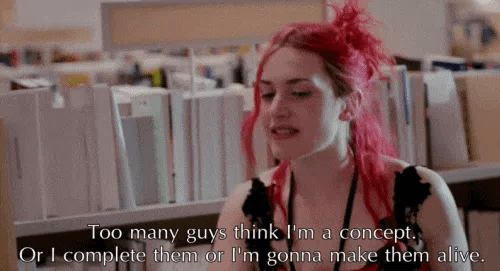

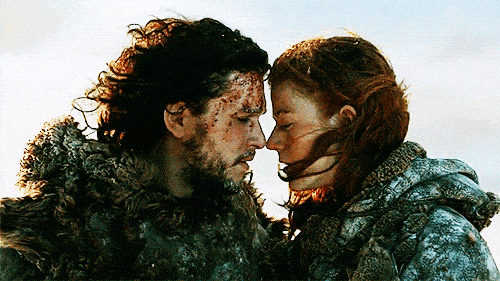
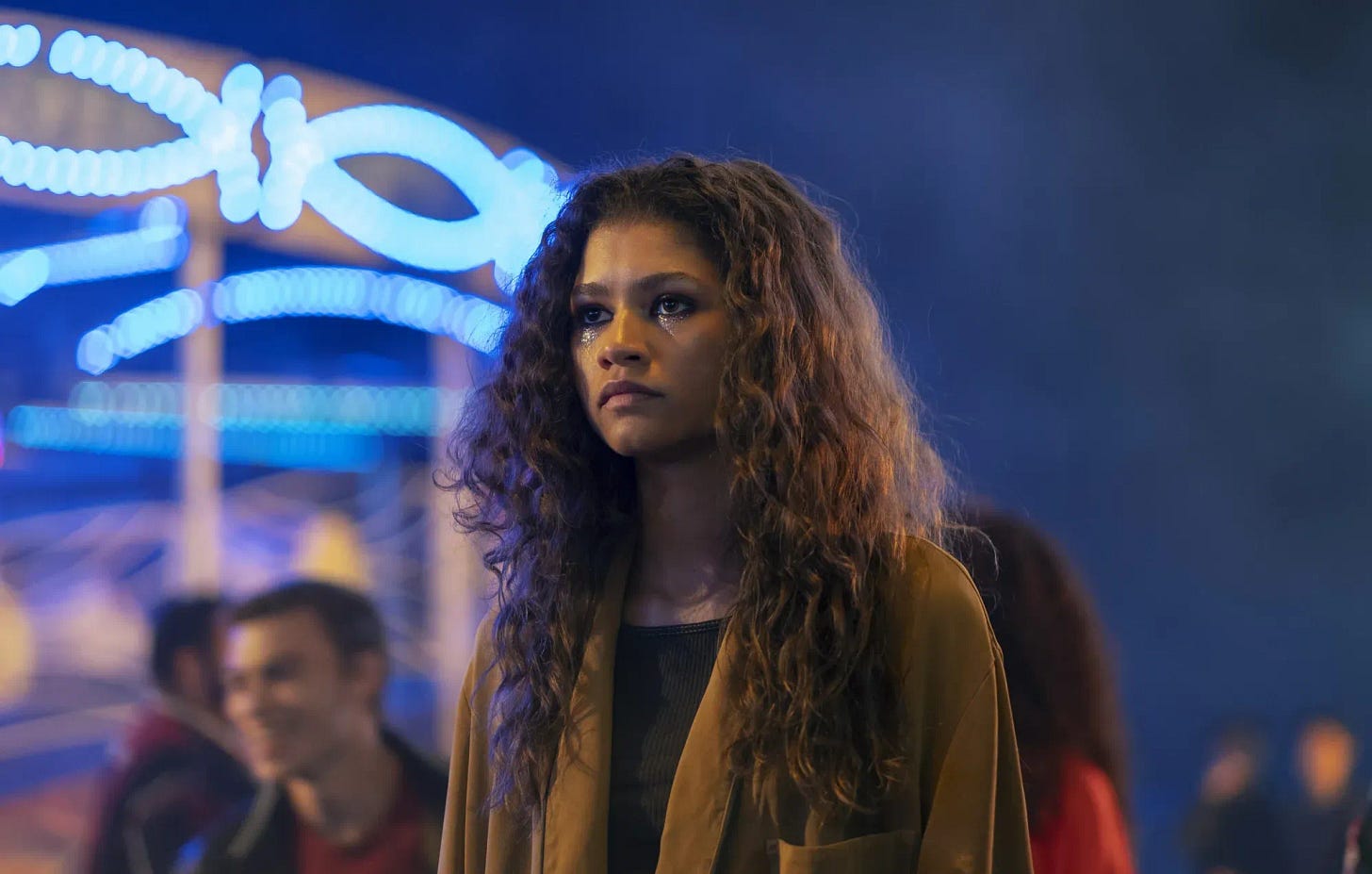

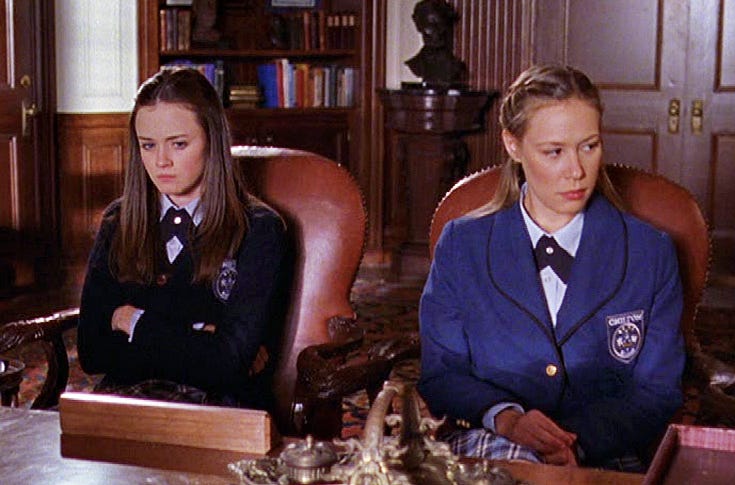
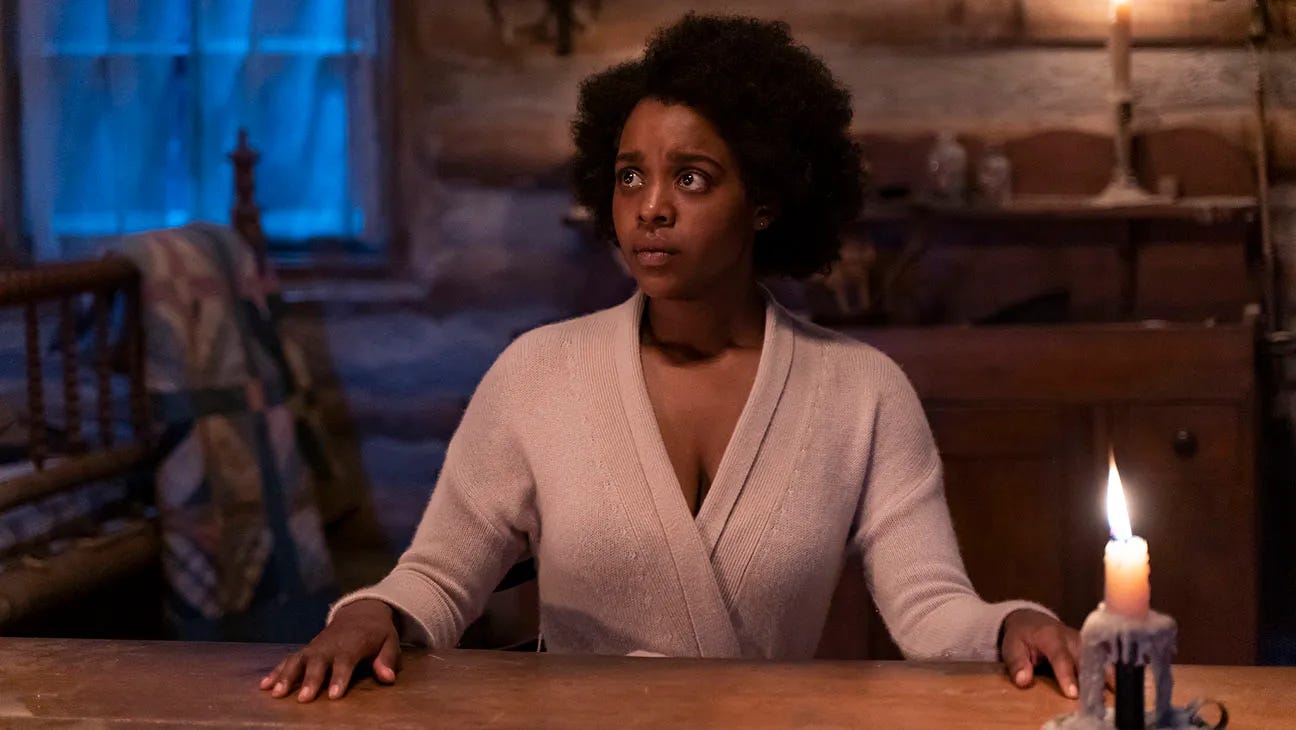

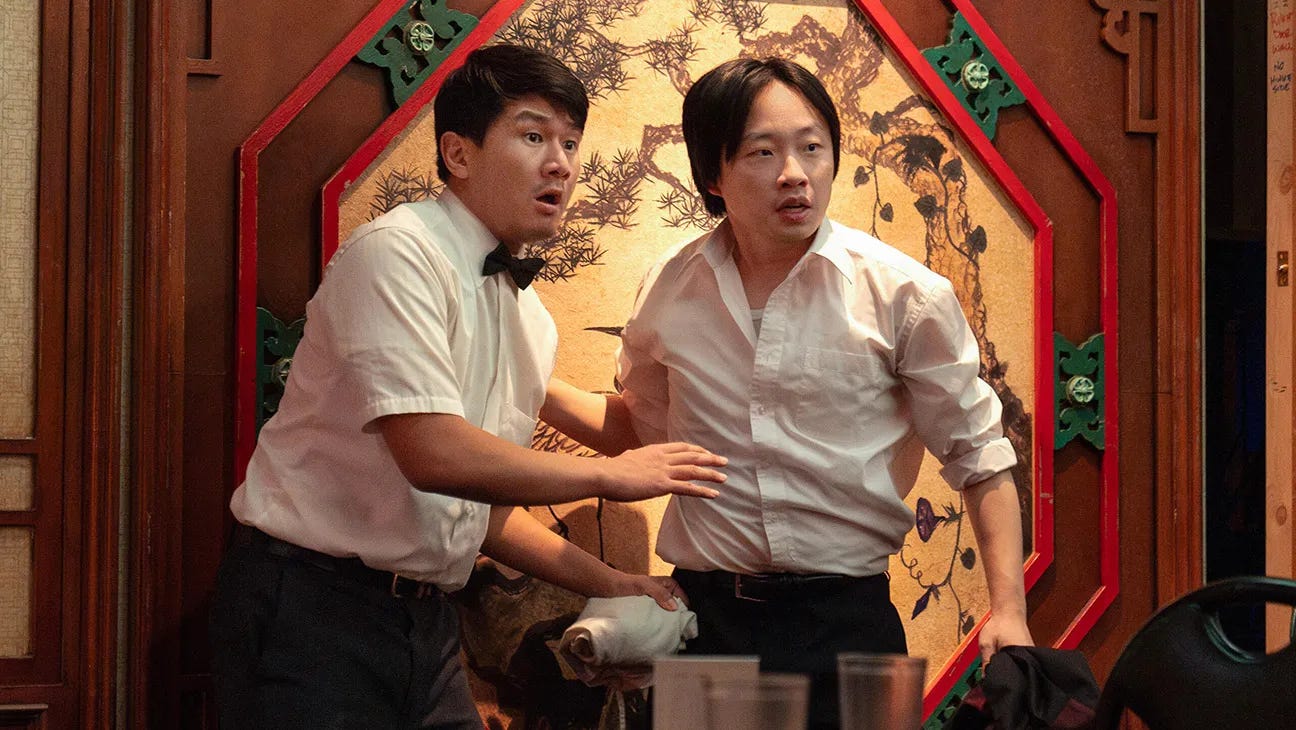
Love me some good tropes! Absolutely amazing article, thanks for sharing
I also love a good enemies to lovers or enemies to friends. It just makes for the perfect tension in the beginning and a satisfying ending! I'm also a sucker for the genius protagonist trope when the hero has photographic memory or something and just thinks miles ahead of others. Like in Suits or High Potential.